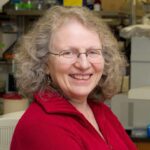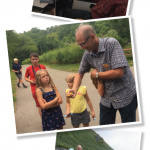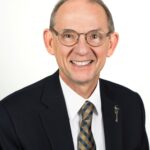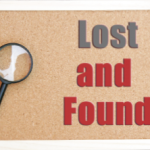Reference
- Son M, Porat A, He M, et al. C1q and HMGB1 reciprocally regulate human macrophage polarization. Blood. 2016 Nov 3;128(18):2218–2228.
Eric L. Matteson, MD, Now an Honorary Member of EULAR
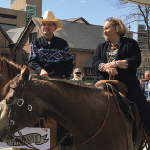 During its annual congress in June in Madrid, the European League Against Rheumatism (EULAR) appointed Eric L. Matteson, MD, professor emeritus of rheumatology at the Mayo Clinic in Rochester, Minn., an honorary member. It was fitting for Dr. Matteson to be included, as much of his work in rheumatology has involved international collaborations. “I’ve always considered medicine to be very international, and I’ve had the opportunity to work with a lot of people outside of the U.S.,” he says.
During its annual congress in June in Madrid, the European League Against Rheumatism (EULAR) appointed Eric L. Matteson, MD, professor emeritus of rheumatology at the Mayo Clinic in Rochester, Minn., an honorary member. It was fitting for Dr. Matteson to be included, as much of his work in rheumatology has involved international collaborations. “I’ve always considered medicine to be very international, and I’ve had the opportunity to work with a lot of people outside of the U.S.,” he says.
While studying in Germany his junior year of college, Dr. Matteson met his future wife, Herta, who convinced him to apply to medical school there. He obtained his medical degree from Friedrich-Alexander University, Erlangen-Nürnberg, Germany. Following medical school, he and Herta moved to Michigan, where he pursued internal medicine and a rheumatology fellowship, and subsequently moved to Rochester to work at the Mayo Clinic. Dr. Matteson served as the chief of rheumatology at the Mayo Clinic from 2005–15. In that role, he researched the diagnosis and treatment of polymyalgia rheumatica and giant cell arteritis, and the epidemiology and management of heart and lung disease in patients with RA.
Dr. Matteson has made it a point throughout his career to participate in joint projects, such as those between the ACR and EULAR on classification of disease activity, as well as disease management. “Rheumatology,” he says, “is not a proprietary interest of a single country. Although different countries manage their healthcare delivery systems differently, the need for study of rheumatic diseases and their treatments, caring for patients and caring about patients are universal.”
Dr. Matteson retired last year and did it in style. A colleague had recalled his remark that it would be fun to finish his working years by riding off into the sunset, in memory of an ancestor who had been part of the Buffalo Bill Cody Congress of Rough Riders. When his final day came, he and Herta rode a horse westward through Rochester.
Retirement does not describe his current level of activity, however. As an emeritus professor at Mayo, he is still involved in research projects and sits on mentoring committees. He is working, for example, to formulate an ACR/EULAR proposal to develop standards for defining disease activity in giant cell arteritis.1 He also consults with pharmaceutical companies on novel compounds.
“I’m keeping quite busy, actually, in rheumatology, as well as pursuing my hobbies and other interests,” he says.
